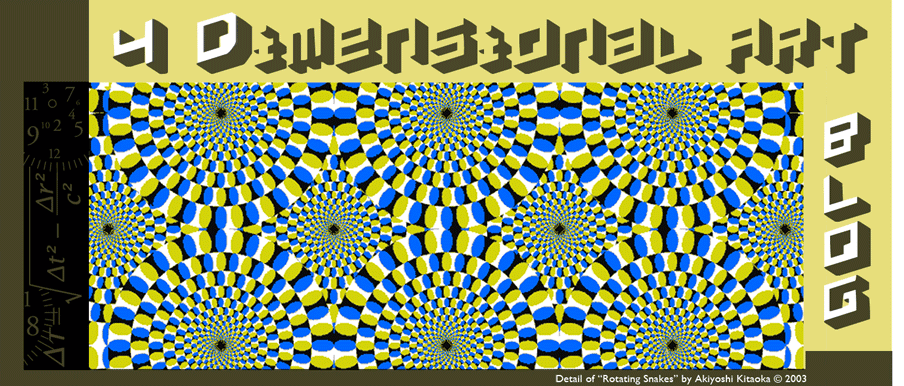In major cities, we take motion for
granted when seeing blinking neon and fluorescent signs, when in rotating restaurants on top of
buildings, and seeing the flashing lights from passing cars. All of this helps create the overall energy of that
city. As we move around and within
architectural spaces, artists and architects are finding new dynamic
ways to create 4-dimensional movement.
One of the many examples is the ILUMA Urban Entertainment Centre in
Singapore. Designed by the
Singapore architecture firm WOHA Architects,
it uses rhythms of lights on the facade to create a calming illusion
of movement:
Electricity is not always required to make 4-dimensional movement. The prominent sculptor, Ned Kahn uses the forces of nature such as wind, fire, sun, water, etc. in creating rhythmic movement within his work. A great example of Kahn’s work in architecture is in Minneapolis. The Wave, at the Target Field, easily moves with the slightest wind:
Another great example is the Articulated
Cloud on the Pittsburgh Childrens’ Museum:
If you are not familiar with Kahn's work, here is a great intro.:
Most modern cities have signage that gives the illusion of movement using lights. An updated example is on the top of
 Target headquarters by architect Ellerbe Becket. It can be easily seen in the downtown Minneapolis skyline.
Rather than neon, it uses 700,000 LED lights to show intricate animated
illusions. The light system was originally developed by 3M and
Martin Professional (Denmark) using changing color tubes.
These were recently changed to LED to reduce energy use, while increasing light, and image flexibility. The
image themes change frequently and are not used for commercial use:
Target headquarters by architect Ellerbe Becket. It can be easily seen in the downtown Minneapolis skyline.
Rather than neon, it uses 700,000 LED lights to show intricate animated
illusions. The light system was originally developed by 3M and
Martin Professional (Denmark) using changing color tubes.
These were recently changed to LED to reduce energy use, while increasing light, and image flexibility. The
image themes change frequently and are not used for commercial use:
What if an entire building moved in a cityscape? The visionary David Fisher, architect of Dynamic Architecture, has plans to have
each floor move independently. The
purpose is to create the optimal and ultimate views from windows; views ever
changing. He hopes to have one of these 4-dimensional buildings in major cities such as London, Paris, Moscow, Dubai,
New York, etc. Here are some examples:
I hope to see one of these
buildings eventually get constructed.
Architects and artists are ever pushing the boundaries of 4D spaces.
What of the other viewpoint of the 4th dimension? For clarification see the second half of “Art in the 4th Dimension”.
An impressive example of this type of 4-dimensional architecture is the Grande Arche de la Défense in Paris, France. This huge hypercube building is designed by Danish architect Otto von Spreckelsen. By using the form of a hypercube, its purpose is to be a 20th century version of the Arc de Triomphe.
What of the other viewpoint of the 4th dimension? For clarification see the second half of “Art in the 4th Dimension”.
An impressive example of this type of 4-dimensional architecture is the Grande Arche de la Défense in Paris, France. This huge hypercube building is designed by Danish architect Otto von Spreckelsen. By using the form of a hypercube, its purpose is to be a 20th century version of the Arc de Triomphe.











